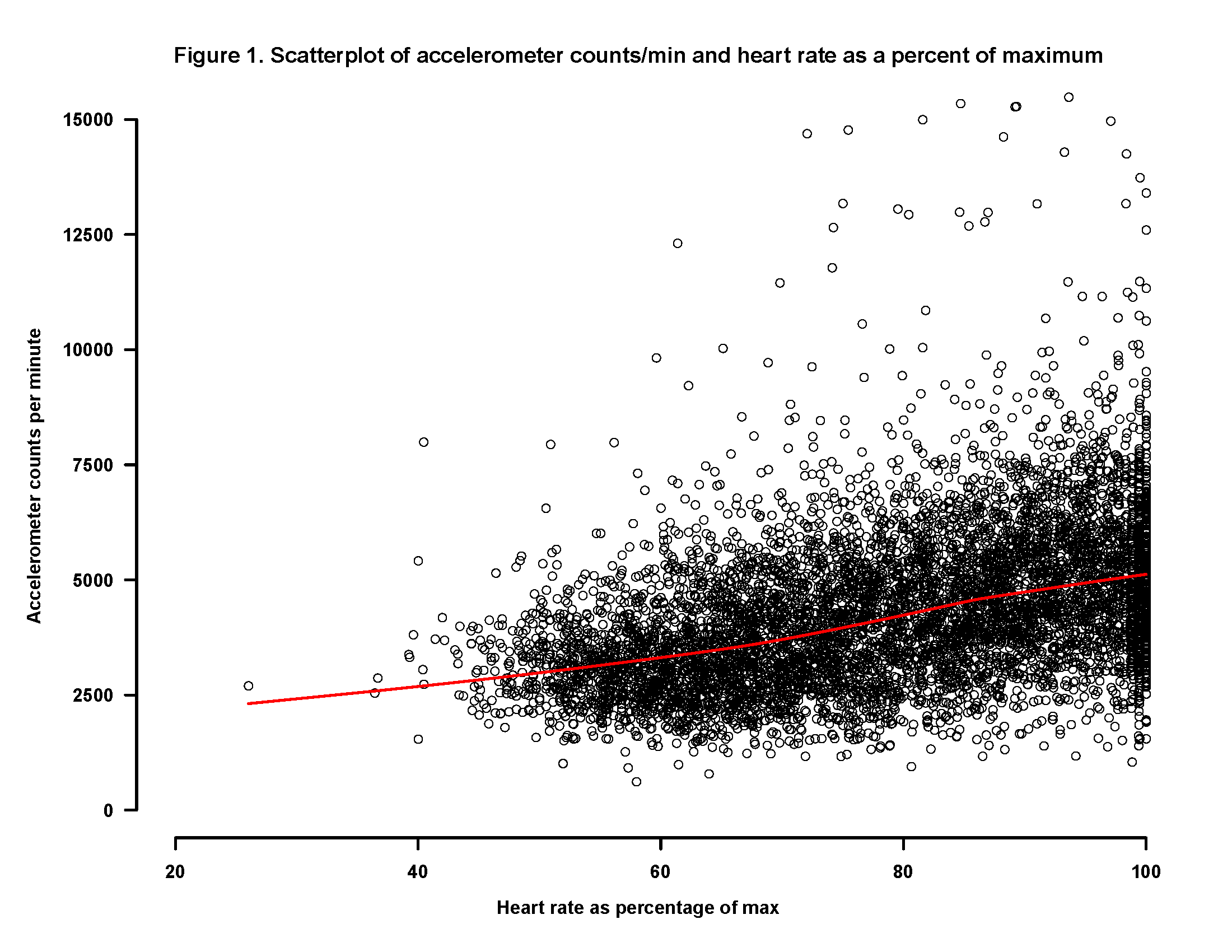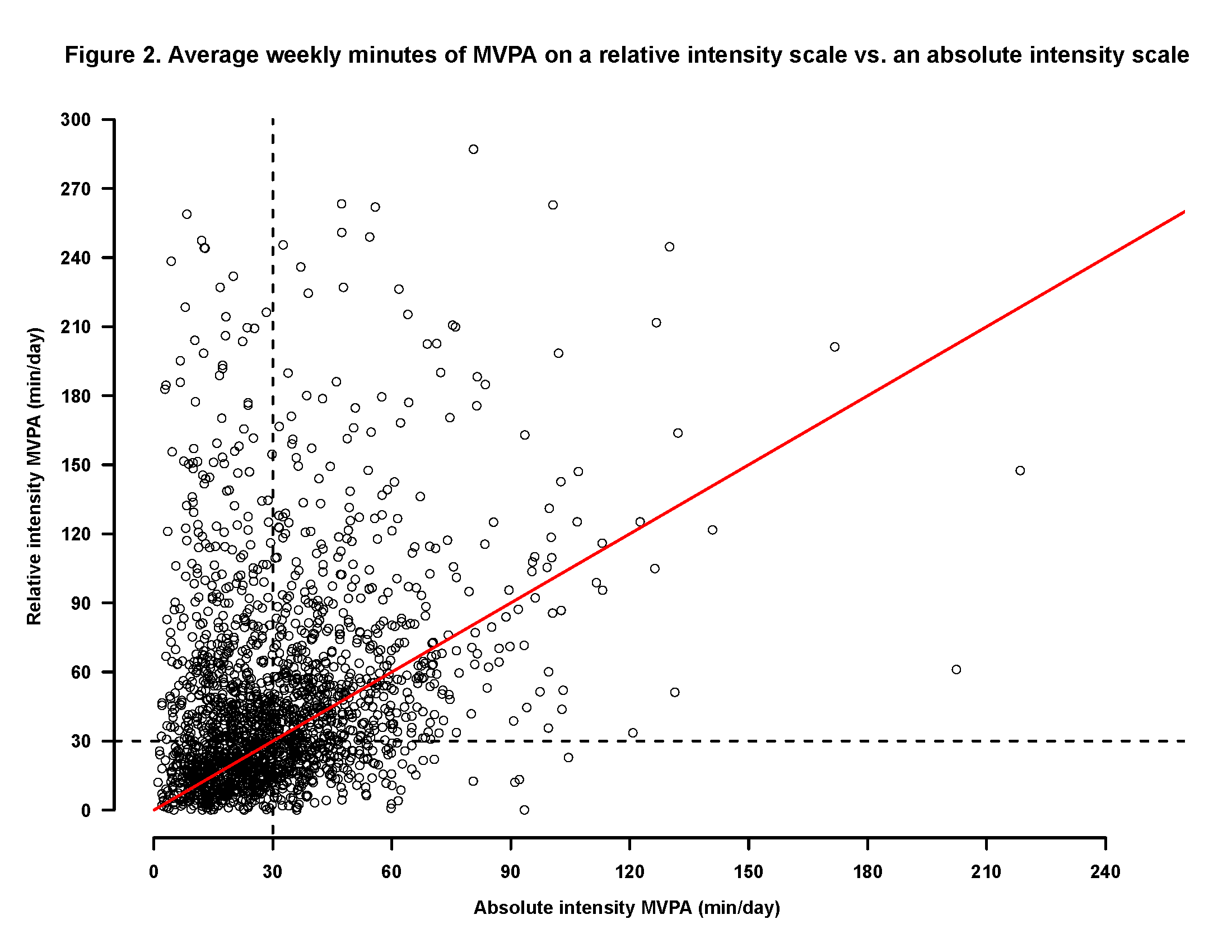Presenting Author:
David Aaby, M.S.
Principal Investigator:
Department:
Preventive Medicine
Keywords:
Accelerometry, CARDIA, heart rate, rating of perceived exertion
Location:
Third Floor, Feinberg Pavilion, Northwestern Memorial Hospital
PH51 - Public Health & Social Sciences
Estimating relative intensity physical activity using an exercise treadmill test
Background: Physical activity (PA) intensity is defined either in terms of absolute intensity or relative intensity. Absolute intensity refers to the energy required to perform an activity. Relative intensity refers to the level of effort based on how hard an individual is working relative to individual maximum aerobic capacity. In nearly all large prospective observational studies, PA is expressed on an absolute scale. Yet classifying an activity based on how hard a person is working relative to their capacity may play an important role in understanding the health benefits of exercise. Purpose: To develop methods for obtaining relative intensity accelerometer cut-points using data from a maximal graded exercise treadmill test and apply these cut-points to free-living accelerometer data. Methods: 2103 men and women aged 37-52 from the CARDIA Fitness Study wore Actigraph 7164 accelerometers during a maximal graded exercise treadmill test and for 1 week of normal activity in 2005-2006. Heart rate and rating of perceived exertion (RPE) were measured during each stage of the treadmill test. Using mixed-effects regression models, we regressed accelerometer counts on heart rate as a percentage of maximum (HRMAX) and on RPE. Pattern-mixture models were used to group participants based on their last completed treadmill stage so that a separate mixed-effects regression model was fit for each group. Based on these models, we predicted a moderate intensity count cut-point (64% of max heart rate or an RPE of 12) for each participant. We applied these cut-points to the week of CARDIA accelerometer data to calculate average daily minutes of relative intensity moderate-to-vigorous PA (MVPA) for each participant. For each participant, we also compared their average daily minutes of relative intensity MVPA to their average daily minutes of absolute intensity MVPA, a cut-point of 2020 counts per minute. Results: Using a LOESS smoother, the relationship between accelerometer counts and HRMAX was approximately linear (Figure 1).The median moderate-intensity accelerometer cut-point using HRMAX was 1650 (IQR 1103-2348), and these cut-points were significantly correlated with BMI (rho=-0.18), treadmill test duration (rho=0.44), and maximum heart rate (rho=0.17). Median daily minutes of relative intensity MVPA was 42 min/day. Median daily minutes of absolute intensity MVPA was 27 min/day. Thirty-three percent of participants met MVPA guidelines (30 min/day) on both intensity scales, 31% met MPVA guidelines on a relative intensity scale only, 10% on an absolute intensity scale only, and 26% did not meet guidelines on either intensity scale (Figure 2). Cut-points based on RPE provided similar results to those based on HRMAX. Conclusion: Accelerometer-based relative intensity MVPA may be a useful new PA metric that describes PA adjusted for maximal capacity. Future work will examine the association between relative-intensity PA and incident cardiometabolic disease.


